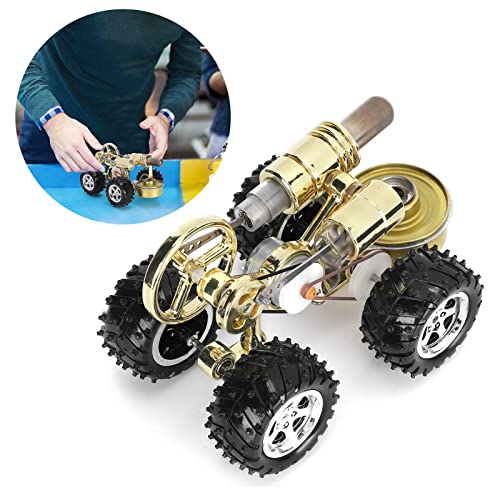JCSteam
Well-Known Member
- Joined
- Nov 30, 2016
- Messages
- 472
- Reaction score
- 130
Hi John, thanks for the link, I'm on that site too as it happens 
My nose is different to the ones mentioned though. It has a 3/4" x 9TPI whitworth nose. Not the 1.1/2" mentioned on the other site. I was looking at trying to identify it as I was looking to buying a collet chuck and a few collets. One that fits to a back plate than uses a taper. So needed to identify the thread on it. As it happens the lathe came with a tap just this size, and seems good condition. So at least I won't need to buy one of those.
My nose is different to the ones mentioned though. It has a 3/4" x 9TPI whitworth nose. Not the 1.1/2" mentioned on the other site. I was looking at trying to identify it as I was looking to buying a collet chuck and a few collets. One that fits to a back plate than uses a taper. So needed to identify the thread on it. As it happens the lathe came with a tap just this size, and seems good condition. So at least I won't need to buy one of those.



































![MeshMagic 3D Free 3D Modeling Software [Download]](https://m.media-amazon.com/images/I/B1U+p8ewjGS._SL500_.png)
























![DreamPlan Home Design and Landscaping Software Free for Windows [PC Download]](https://m.media-amazon.com/images/I/51kvZH2dVLL._SL500_.jpg)

